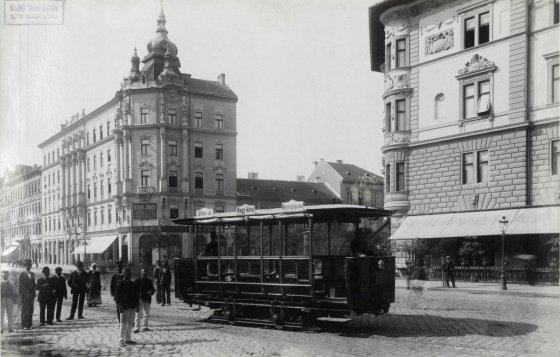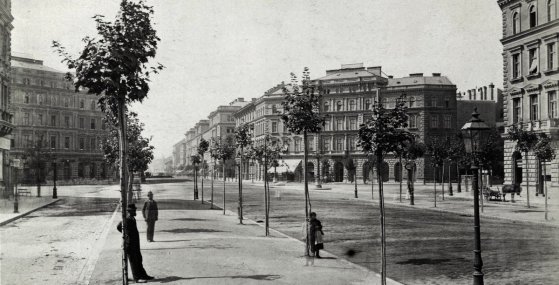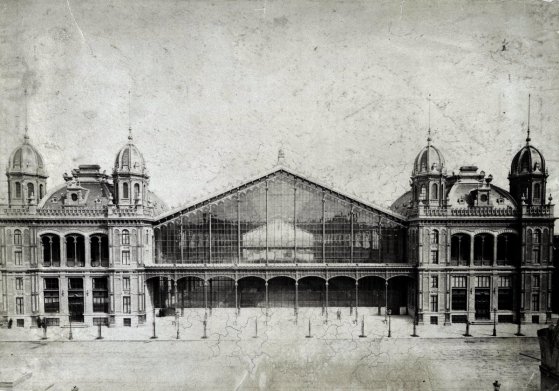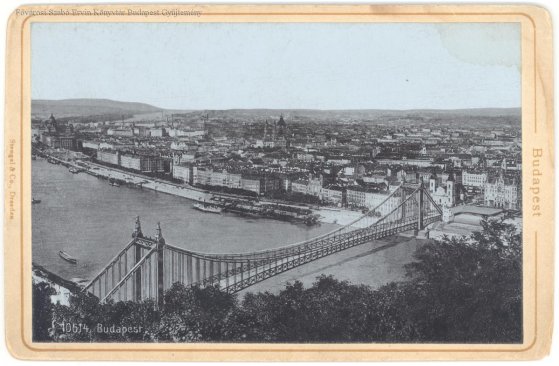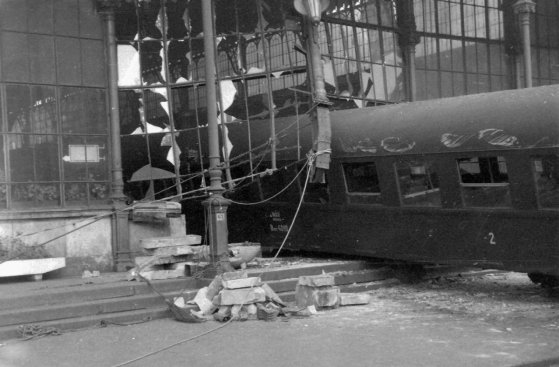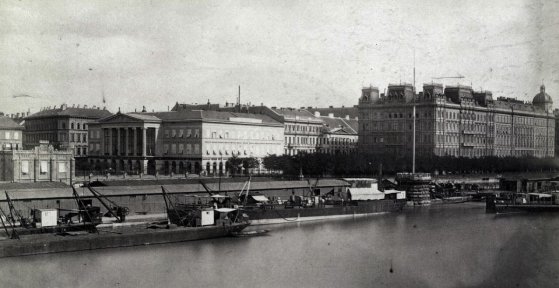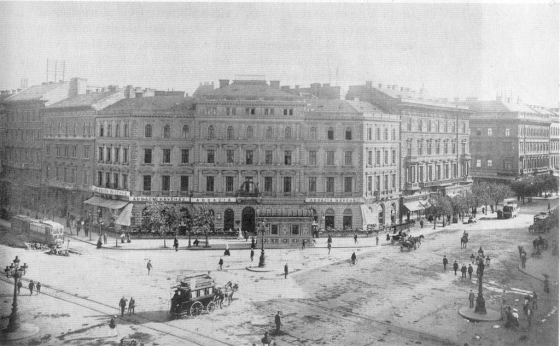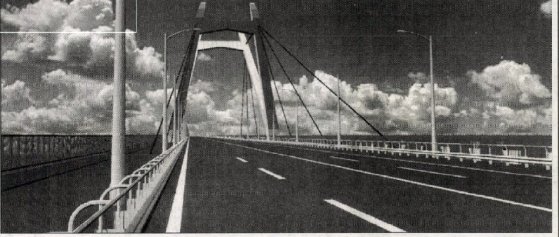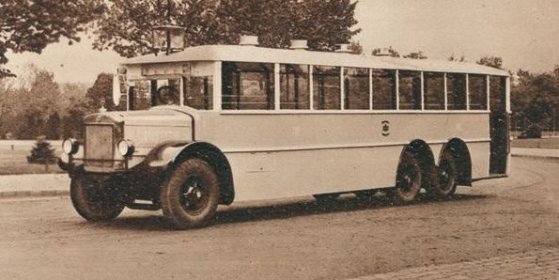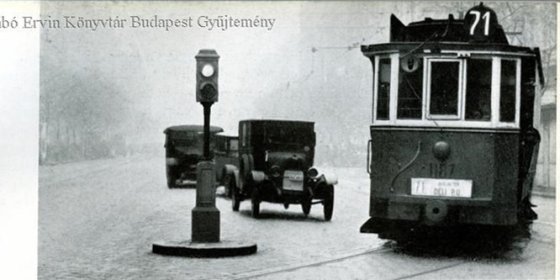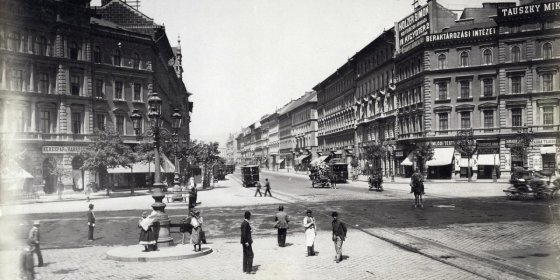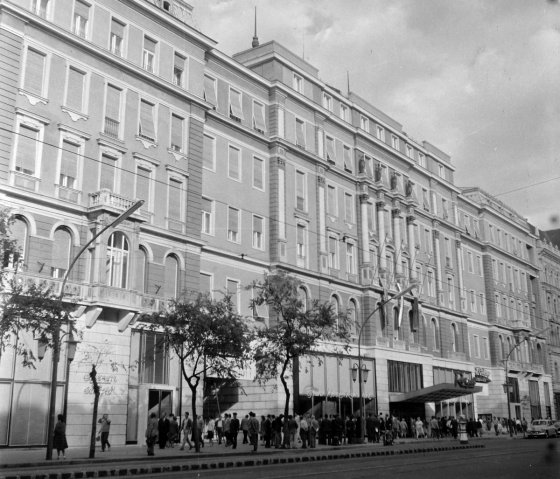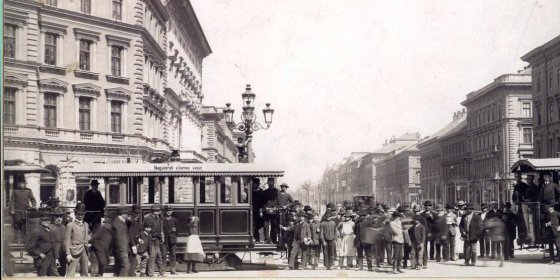 The „intertwined history” of the bridges and the city of Budapest
Which ideas and events have shaped the fate of bridges of Budapest and the cityscape? Alongside many other interesting facts, this question is also answered this newly published book by the Budapest City Archives, which introduces the history of bridges in Budapest.
The „intertwined history” of the bridges and the city of Budapest
Which ideas and events have shaped the fate of bridges of Budapest and the cityscape? Alongside many other interesting facts, this question is also answered this newly published book by the Budapest City Archives, which introduces the history of bridges in Budapest.
Outer Ring Road
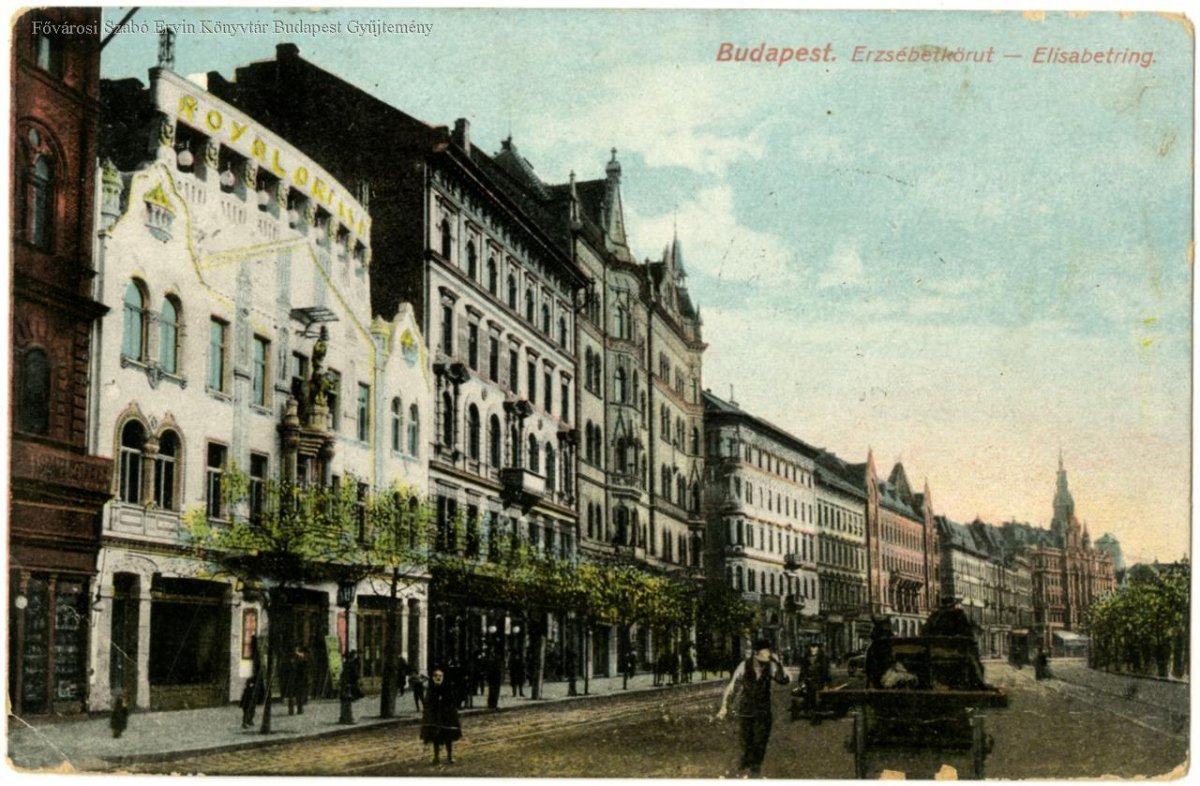 The last expropriations: Dilapidated houses stood on the route of Erzsébet Boulevard
The last expropriations: Dilapidated houses stood on the route of Erzsébet Boulevard
March 4, 2023 at 2:00 PM
The Outer Ring Road in Budapest was built over a long period of time in several waves. One of the important turning points in the history of the construction of the road occurred in 1888 when the section from Margit Bridge to Üllői Road became completely open.
The first tram in Budapest - 135 years ago, the new vehicle appeared on the Outer Ring Road
November 30, 2022 at 10:00 AM
At the end of November 1887, the people of Budapest could see a miracle that had not been seen before. A carriage moved by itself, it was not pulled by a horse or a steam locomotive. Although this vehicle ran on rails, the cars were pulled by horses in the city and huge steam locomotives on the railways. The first tram had a lower pantograph and travelled at a speed of 10 kilometres per hour, and was accompanied by a police officer at Oktogon.
Lajos Lechner, the creator of modern Budapest, died 125 years ago
November 18, 2022 at 9:00 AM
Lechner is a well-known name in the world of architecture and engineering: the former is mainly due to Ödön Lechner, and the latter to Lajos Lechner. Despite the same family name, they were not related, and their artistic and technical talent developed independently of each other. Lajos, who died 125 years ago, moved on a completely different path than Ödön, who was a good decade younger than him. Take a look at a summary of what Hungary and especially Budapest, owes to him.
The railway station that was cut in two
October 29, 2022 at 11:00 AM
By the beginning of the 1870s, the first railway station in Pest - the predecessor of Nyugati (Western), then known as Pest Station Building - was no longer able to handle the ever-increasing railway traffic smoothly. The owner railway company started the expansion, but then it turned out that the building stood in the way of the planned Outer Ring Road. Therefore, the old hall was "halved" and a new railway station was built over its northern part. The Nyugati Railway Station, as it is known today, was handed over on 28 October 1877, i.e., 145 years ago.
Frigyes Podmaniczky, who managed the development of Budapest, died 115 years ago
October 19, 2022 at 12:30 PM
He was one of the most important figures in the history of Budapest, who devoted all his energy to the development of the capital. Baron Frigyes Podmaniczky managed the Public Works Council for more than thirty years, essentially everything that we now consider Budapest's architectural and cultural heritage was built during his time. He played a decisive role not only in the development of the city but also in the theatre world. Perhaps the most popular person in Budapest, who worked for the city until his death, died 115 years ago.
A railway carriage got out of control and ended up on the Outer Ring Road
October 4, 2022 at 10:30 AM
Sixty years ago, on 4 October 1962, a railway carriage tore through the buffer stop of the main hall of the Nyugati (Western) Railway Station, breaking through the glass wall and running onto the Outer Ring Road. The accident was caused by human error, but thanks to the presence of mind of a railwayman, there was no mass catastrophe.
Plans for a metropolis - the beginnings of Budapest's urban planning
July 25, 2022 at 10:00 AM
Budapest's golden age coincided with the country's economic boom: after the Compromise of 1867, the city, located on both banks of the Danube, began to develop rapidly. In 1870, in order to regulate growth, the Parliament established the Budapest Public Works Council, whose first tasks included the procurement of a general city plan. Based on this, in 1872 - one hundred and fifty years ago - Pest's first comprehensive regulatory plan was drawn up.
The birth of an iconic place - Oktogon is 150 years old, which was called Nyolcszög Square for decades
July 10, 2022 at 12:30 PM
We can safely call Oktogon Budapest's most unique transport hub: with its regular octagon shape, it quickly stands out on the map, and its easy-to-remember name means refreshment for foreigners, especially in Hungarian conditions. In addition, public transport routes famous throughout Europe intersect here: the continent's first underground railway, as well as the busiest tram lines. Its birth also coincides with the beginning of the golden age of the capital: its current form was defined 150 years ago, and for a long time it was called Nyolcszög Square.
Can the Aquincum Bridge be car-free? - Only after the construction of the next section of the M0 will there be a new Danube bridge between Óbuda and Újpest
May 21, 2022 at 1:00 PM
Once again, the issue of the Aquincum Bridge is on the agenda, and the capital is asking the public for their opinion on what the new Danube crossing should look like and between which areas should it create transport connections. Although its construction is not expected in the near future, as it is conditional on the construction of the section of the M0 motorway between roads 10 and 11, and it is also preceded by the Galvani Bridge, but a suggestion has already been debated: alternatives include a plan of a car-free bridge.
Buses appeared on the Outer Ring Road ninety years ago - the public could travel for free on the first one
January 25, 2022 at 9:00 AM
The tram has belonged to the scenery of the outer ring road for almost a quarter of a century now. Traffic on the ring road is unthinkable without it, but there was a time when trams were not enough, so from 1932, for 57 years, buses also ran on the Outer Ring Road. They started on 25 January, 1932, just 90 years ago.
Traffic lights have been with us for 95 years - The first traffic light was installed on Blaha Lujza Square
December 27, 2021 at 12:00 PM
Nowadays, we take it for granted that traffic lights are included in the cityscape. They switch automatically, or pedestrians may have to press a button to cross. The predecessor of today's traffic lights were still manually operated, and the first one appeared at the corner of the Outer Ring Road and Rákóczi Road 95 years ago.
The Outer Ring Road was inaugurated 125 years ago - Budapest's main road was opened on Hungary's millennium
September 4, 2021 at 10:00 AM
Today, Outer Ring Road is one of the busiest roads in Budapest, lined with beautiful residential houses. Its construction lasted for 25 years, to open it, houses had to be demolished, a railway station had to be moved away, an area had to be filled, but finally, 125 years ago, on 31 August 1896, the Budapest Public Works Council could officially hand it over to the Budapest community.
The luxury hotel was designed for tourists from the West - the Royal reopened 60 years ago
August 25, 2021 at 1:00 PM
The former legendary hotels of Budapest were almost completely destroyed in the Second World War and in the 1950s, and in the Rákosi era, no money was spent on building luxury hotels in the country, as there was no solvent demand for it. The situation changed after the defeat of the revolution and war of independence of 1956: tourists from the West and the currency they spent here became important to the country’s new leadership. Large-scale hotel developments began, among them one of the first was rebuilding the former luxury hotel, Royal, which reopened in August 1961.
One hundred and fifty years ago, the law on the construction of the Outer Ring Road was given royal consent
June 9, 2021 at 9:00 AM
A flood drain, a navigable waterway serving industrial sites, or a more elegant route? In the 19th century, several plans were made for the location of the Outer Ring Road. The issue was closed by law 150 years ago.
More articles
 The „intertwined history” of the bridges and the city of Budapest
Which ideas and events have shaped the fate of bridges of Budapest and the cityscape? Alongside many other interesting facts, this question is also answered this newly published book by the Budapest City Archives, which introduces the history of bridges in Budapest.
The „intertwined history” of the bridges and the city of Budapest
Which ideas and events have shaped the fate of bridges of Budapest and the cityscape? Alongside many other interesting facts, this question is also answered this newly published book by the Budapest City Archives, which introduces the history of bridges in Budapest.
 The Bridge Report, which brought a turning point in the history of Budapest
A travel report that changed the history of Pest and Buda, as well as Hungary. The little book contributed to the change of half a thousand years of legal customs and the implementation of an investment of unprecedented size and technical quality. This book was The Bridge Report [Hídjelentés in Hungarian].
The Bridge Report, which brought a turning point in the history of Budapest
A travel report that changed the history of Pest and Buda, as well as Hungary. The little book contributed to the change of half a thousand years of legal customs and the implementation of an investment of unprecedented size and technical quality. This book was The Bridge Report [Hídjelentés in Hungarian].
 Drama on the university wall - The heroic monument was planned 95 years ago
In the constant hustle and bustle of the Egyetem Square in Pest, the students may not even notice the monument that decorates the short section of wall between the church and the central building of ELTE. However, it commemorates their predecessors, the heroes who fought for their country in World War I, and those who heroically helped them. The first design of the dramatically collapsing soldier was born in 1928, ninety-five years ago.
Drama on the university wall - The heroic monument was planned 95 years ago
In the constant hustle and bustle of the Egyetem Square in Pest, the students may not even notice the monument that decorates the short section of wall between the church and the central building of ELTE. However, it commemorates their predecessors, the heroes who fought for their country in World War I, and those who heroically helped them. The first design of the dramatically collapsing soldier was born in 1928, ninety-five years ago.

